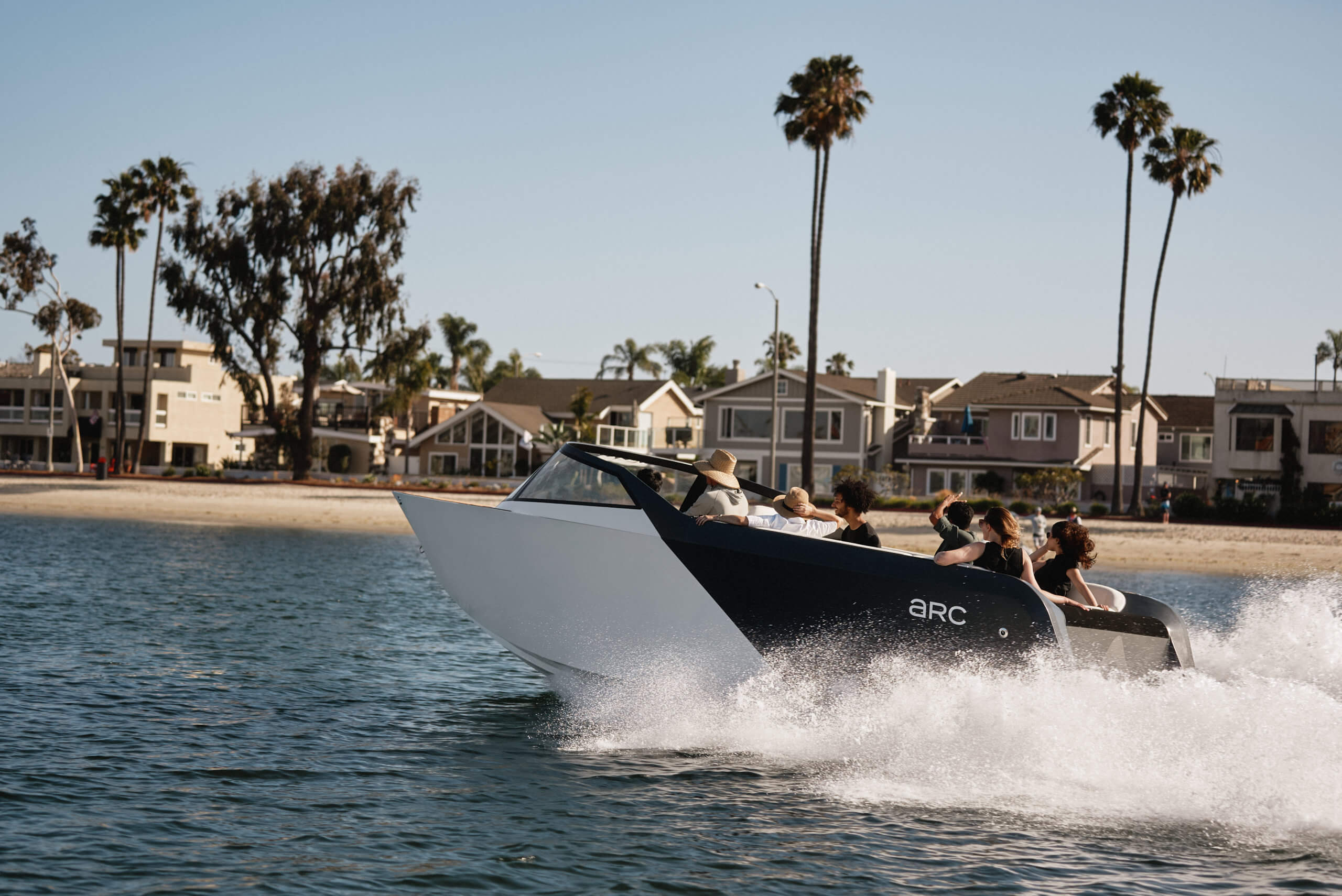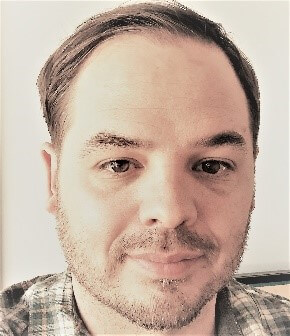Free Resources
- ABOUT
- SERVICES
Design
Analysis
Test
- Software
Siemens Digital Industries Software
Technical Support Hotline
ATA Software
Software We Use
Process Improvement
- Industries
- PORTFOLIO
- Careers
- CONTACT
- PROJECT INQUIRY
Understand how model-based systems engineering (MBSE) combined with Computational Fluid Dynamics (CFD) modeling and physical testing can accelerate and de-risk the development of electric-drive watercraft.

Early attempts at developing electric-drive watercraft – both pleasure boats and personal watercraft -illustrated that the process is far more complicated than just dropping a battery and an electric drive into an existing hull. These issues, along with new ones, also arise with the electrification of larger vessels, such as ferries, inland barges, and coastal cargo ships. Optimal performance of hybrid and battery-electric-driven watercraft requires that the hull be planned around the drive system and not vice versa. Traditional approaches such as physical and virtual tow-tank studies may have been sufficient for basic hydrodynamic design but are not sufficient to include the design complexities when electric drives are to be used. Engineers must also understand how the hull and power unit operate together in order to determine propulsive efficiency, battery pack sizing, battery pack design and placement, and electric motor design.
In this webinar, we will start by examining the many issues involved in applying electric drives in ships, boats, and personal watercraft and then provide an overview of the combined solution from Siemens Digital Industries Software Inc. This solution includes a combination of the Simcenter Amesim model-based systems engineering (MBSE) tool, Simcenter STAR-CCM+ multiphysics computational fluid dynamics (CFD) modeling software, and Simcenter SCADAS and Testlab testing solutions.
AGENDA
This webinar is presented by a panel of expert speakers from Siemens Digital Industries Software and ATA Engineering, Inc. Join us to learn about the state of the art in modeling and design optimization of electrically driven vessels.

Marine Applications Specialist, Siemens Digital Industries Software

Test Applications Engineer, Siemens Digital Industries Software